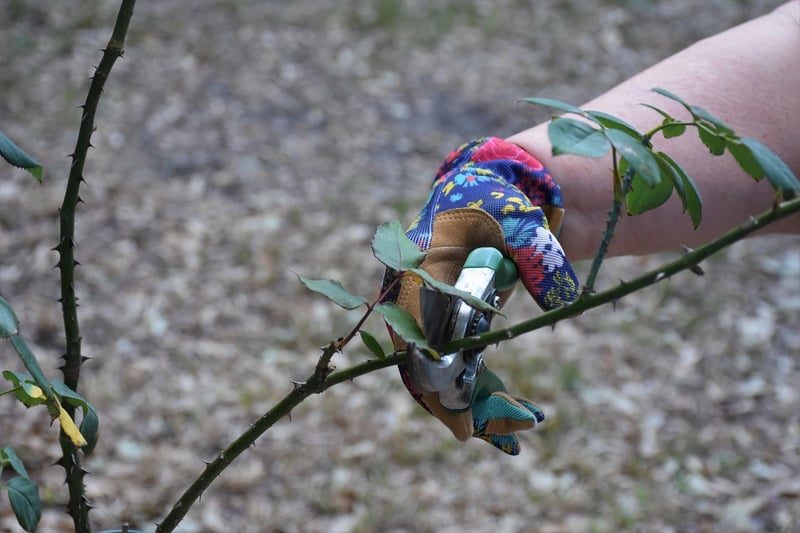Pruning Techniques
Essential Care for Plants + Pruning Techniques
Introduction
Proper care and maintenance are essential for keeping your plants healthy and thriving. In this article, we will discuss some key practices for caring for your plants and introduce you to pruning techniques to help your plants grow strong and beautiful.
1. Watering
Water is crucial for plant health. Different plants have different watering needs, so it's essential to research the specific requirements of each plant in your care. Overwatering can lead to root rot, while underwatering can cause wilting. Ensure your plants are getting the right amount of water at the right frequency.
2. Sunlight
Plants need sunlight to photosynthesize and grow. Make sure your plants are placed in locations where they can receive adequate sunlight based on their requirements. Some plants thrive in full sun, while others prefer partial shade.
3. Soil and Fertilization
Choosing the right type of soil for your plants is crucial. Different plants thrive in different soil conditions. Additionally, fertilizing your plants can provide them with essential nutrients for healthy growth. Be sure to follow the recommended fertilization schedule for each plant.
4. Pruning Techniques
Pruning is the process of selectively removing parts of a plant to improve its structure, shape, or health. Some common pruning techniques include:
- Deadheading: Removing dead or faded flowers to encourage new growth.
- Thinning: Removing excess branches to improve air circulation and light penetration.
- Heading back: Cutting back a portion of a branch to promote new growth.
5. Tools for Pruning
Having the right tools for pruning is essential to ensure clean cuts and minimize damage to your plants. Some common pruning tools include pruning shears, loppers, and pruning saws. Make sure your tools are sharp and clean to prevent the spread of diseases.
Conclusion
By following these essential care practices and learning the proper pruning techniques, you can help your plants flourish and thrive. Remember to research the specific needs of each plant in your care and tailor your care routine accordingly.
Happy gardening!


Source images: Pixabay.com
